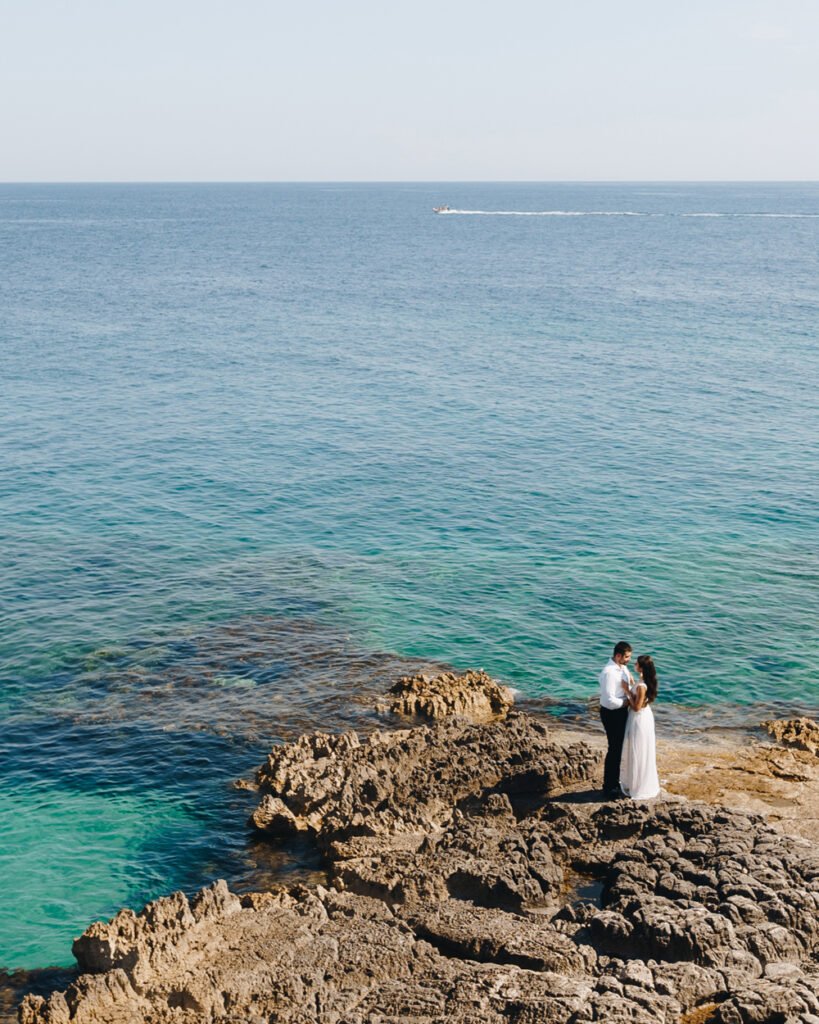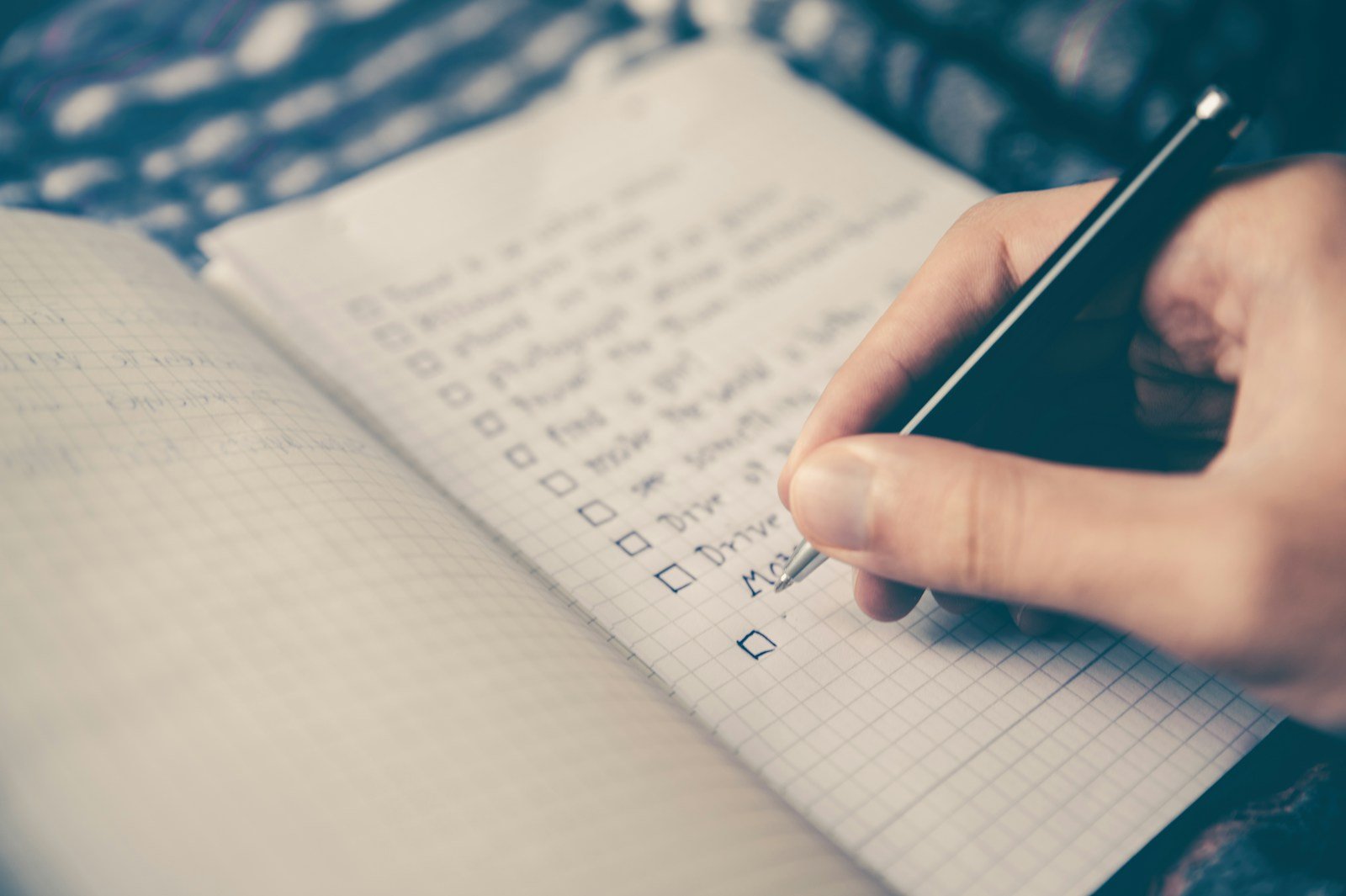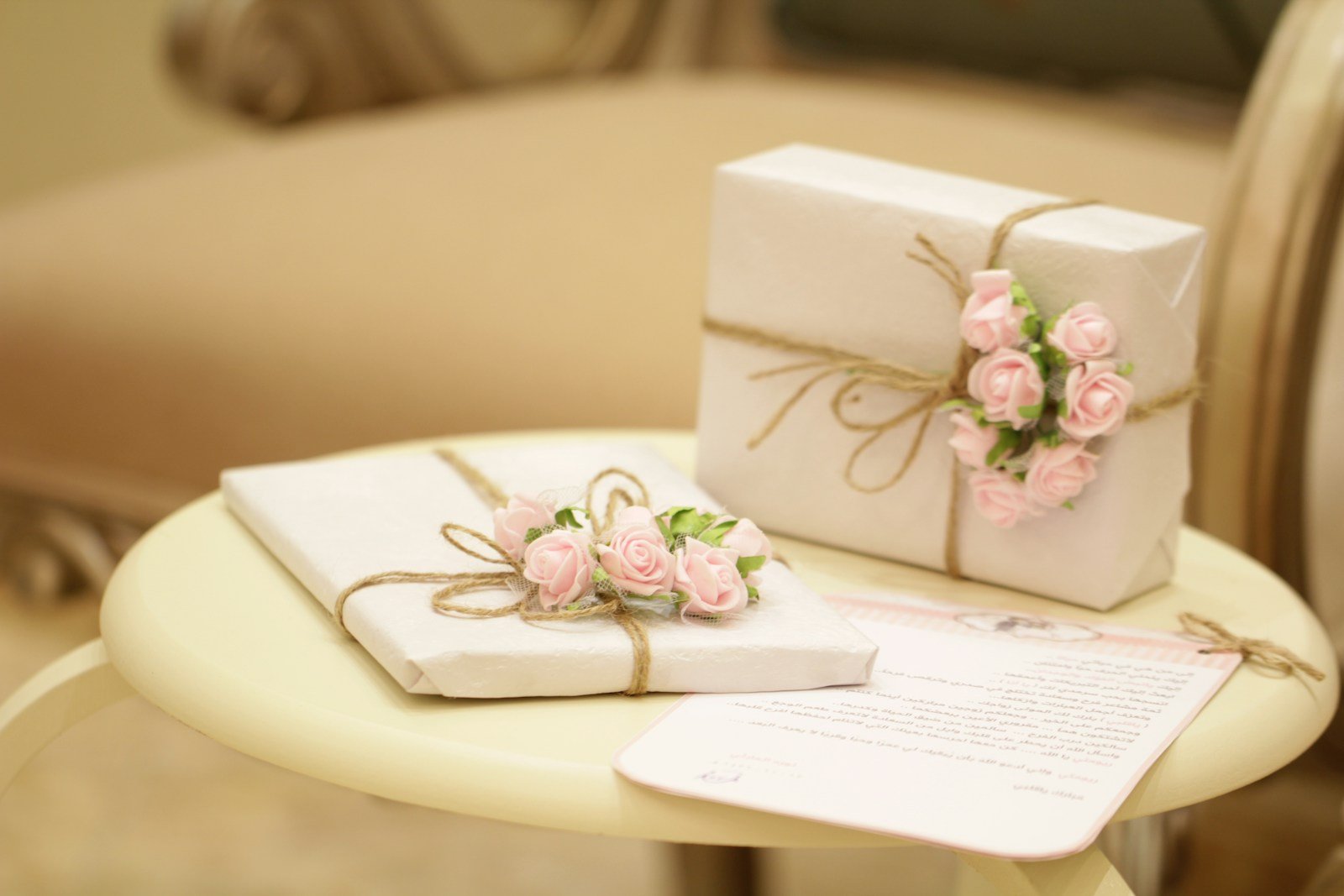Your wedding day is one of the most important moments in your life, and it all begins with the perfect invitation. The art of crafting a wedding invitation goes beyond simply informing guests about the event; it sets the tone for your special day and provides a lasting memento for your loved ones. In this comprehensive guide, we’ll explore the intricacies of writing wedding invitations, covering everything from traditional etiquette to modern trends.
Whether you’re a bride-to-be or someone helping to plan a wedding, this article will equip you with the knowledge and skills to create invitations that not only convey essential information but also reflect your unique style and personality. We’ll delve into the structure of invitations, offer tips on wording for various situations, and provide insights on design elements that complement your written message.
Key takeaways from this guide:
- Learn the essential components of a wedding invitation and how to structure them effectively
- Discover tips for handling special situations, such as bilingual weddings or second marriages
- Explore modern trends in wedding invitations, including digital options and social media integration
The Basic Structure of Wedding Invitations
The Invitation Phrase
The opening line of your wedding invitation sets the tone for your entire event. Traditionally, it begins with the names of the hosts (often the bride’s parents) inviting guests to the celebration. However, modern couples may choose to issue the invitation themselves.
Traditional example:
“Mr. and Mrs. John Smith request the honor of your presence at the marriage of their daughter…”
Modern example:
“Together with our families, we joyfully invite you to celebrate our wedding…”
Names of the Couple
The names of the bride and groom (or the couple, in the case of same-sex marriages) typically follow the invitation phrase. Traditionally, the bride’s name comes first, but this is not a strict rule in modern invitations.
Example:
“Sarah Jane Smith and Michael Thomas Johnson”
Date, Time, and Location
Clearly state when and where the wedding will take place. For formal invitations, spell out all numbers and avoid abbreviations.
Example:
“Saturday, the fifteenth of June, two thousand and twenty-four at half past four in the afternoon, The Grand Hotel, New York City”
RSVP Information
Include instructions for how guests should respond, along with a deadline. This helps with planning and ensures an accurate headcount for the event.
Example:
“Kindly respond by May 1, 2024
Phone: 555-123-4567 or Email: [email protected]“
Detailed Explanation of Invitation Wording
Traditional vs. Modern Invitation Phrases
While traditional wording has its charm, many couples opt for more contemporary phrasing that better reflects their personalities and the tone of their wedding.
Traditional:
“Mr. and Mrs. William Brown request the pleasure of your company at the marriage of their daughter…”
Modern:
“With great joy, we invite you to join us as we tie the knot!”
According to a survey by The Knot, 68% of couples are now choosing to use more personalized and casual wording in their invitations.
Correct Name Order and Format
In traditional invitations, the bride’s name usually comes first, followed by the groom’s. However, same-sex couples or those preferring a more modern approach may choose an order that feels right for them.
- Use full names (first, middle, and last) for a formal invitation
- Consider using titles (Mr., Mrs., Ms., Dr.) if desired
- For same-sex couples, you might list names alphabetically or choose another meaningful order
Expressing Date and Time
Be clear and consistent in how you present this crucial information:
- Spell out all numbers for formal invitations (e.g., “Saturday, the second of August”)
- Include the year to avoid any confusion
- Specify “in the morning,” “in the afternoon,” or “in the evening” rather than using a.m. or p.m.
Presenting Venue Information
Provide clear, accurate details about the wedding location:
- Include the full name of the venue
- Provide the complete address
- Consider adding a small map or directions card for out-of-town guests
The Importance of RSVP Details
Make it easy for guests to respond by:
- Clearly stating the RSVP deadline
- Offering multiple response methods (e.g., phone, email, website)
- Including any dietary restriction questions or meal choices if applicable
Handling Special Situations
Including Parents’ Names
If you wish to honor parents or step-parents on the invitation, there are several ways to do so:
- Traditional: “Mr. and Mrs. John Smith request the pleasure of your company…”
- Including both sets of parents: “Together with their parents [names], [couple’s names] invite you…”
- Honoring deceased parents: “Jane Smith, daughter of the late Mr. John Smith and Mrs. Mary Smith…”
Bilingual Wedding Invitations
For international couples or those with guests from different linguistic backgrounds, consider creating bilingual invitations. Here are some tips:
- Use both languages side by side or on separate pages
- Ensure accurate translations by consulting with a native speaker
- Keep the design consistent across both languages
Religious Wedding Terminology
Different religions may have specific terminologies or customs for wedding invitations. For example:
- Christian weddings might use phrases like “Holy Matrimony” or “Sacrament of Marriage”
- Jewish invitations often include Hebrew phrases and may mention the chuppah ceremony
- Islamic wedding invitations might include phrases like “Nikah Ceremony” or “Walima Reception”
Always consult with religious leaders or cultural experts to ensure appropriate wording.
Tactful Wording for Second Marriages
When writing invitations for second marriages, focus on celebrating the current union without referencing previous marriages. Keep the tone joyful and forward-looking:
“Sarah Johnson and Michael Williams joyfully invite you to celebrate their marriage…”
Design and Typography Tips
Choosing Readable Fonts
While it’s tempting to use elaborate scripts, readability should be your priority. Consider:
- Using a combination of fonts (e.g., script for names, serif for details)
- Ensuring font size is large enough for easy reading
- Avoiding overly ornate fonts that might be difficult to decipher
Color Coordination with Text
Your invitation’s color scheme should complement the text:
- Choose colors that contrast well with the text for readability
- Consider using metallic inks for a touch of elegance
- Ensure that any background patterns don’t interfere with the text
Layout and Text Arrangement
A well-designed layout enhances the readability and aesthetic appeal of your invitation:
- Use hierarchy to emphasize important information
- Allow for adequate white space to prevent a cluttered look
- Align text consistently (center alignment is traditional, but not mandatory)
Common Mistakes and Solutions
Missing Important Information
Double-check that you’ve included all crucial details:
- Date, time, and full address of the venue
- RSVP instructions and deadline
- Dress code (if applicable)
- Any additional events (e.g., reception details)
Overly Wordy Invitations
Keep your invitation concise and to the point:
- Focus on essential information
- Save detailed information for supplementary cards or a wedding website
- Use clear, straightforward language
Inappropriate or Casual Wording
Strike a balance between personality and propriety:
- Avoid overly casual language for formal weddings
- Proofread carefully to catch any typos or grammatical errors
- Consider having a neutral party review the wording
Cluttered Layout
A clean, organized layout is key to a successful invitation:
- Use appropriate spacing between elements
- Stick to a consistent alignment (e.g., centered or left-aligned)
- Consider using separate cards for additional information (e.g., accommodations, directions)
Wedding Invitation Trends in the Digital Age
Pros and Cons of Electronic Invitations
Digital invitations are becoming increasingly popular, with 28% of couples using them in 2020, according to The Knot. Consider these factors:
Pros:
- Cost-effective
- Environmentally friendly
- Easy to track responses
Cons:
- Less traditional or formal
- May not be suitable for all guests (e.g., older relatives)
- No physical keepsake
Combining Traditional and Digital Elements
Many couples are opting for a hybrid approach:
- Send physical invitations but include a QR code linking to a wedding website
- Use online RSVP systems paired with traditional paper invitations
- Create digital save-the-dates followed by formal paper invitations
Integrating Social Media
While not replacing formal invitations, social media can play a role in your wedding communication:
- Create a wedding hashtag for guests to use when sharing photos
- Set up a private Facebook group for wedding-related updates
- Use Instagram to share engagement photos or countdown to the big day
Remember, while these trends can be fun and convenient, they should complement rather than replace your formal invitations.
Wedding Invitation Etiquette Q&A
When should we send out our wedding invitations?
Typically, wedding invitations should be sent out 6-8 weeks before the wedding date. For destination weddings, it’s advisable to send them 3 months in advance to allow guests ample time for travel arrangements.
How can we politely express “no gifts” on our invitation?
While it’s generally not recommended to mention gifts on the main invitation, you can include a separate card stating, “Your presence is the only gift we desire.” Alternatively, you can direct guests to your wedding website where you can explain your preference in more detail.
How do we communicate that our wedding is adults-only?
Address the invitation to the specific guests invited, and consider adding a line on the RSVP card such as, “We have reserved _ seats in your honor.” You can also include a note on your wedding website explaining that the event is adults-only due to venue restrictions or your preference for an intimate celebration.
What should we do if we need to postpone or cancel our wedding after sending invitations?
In case of postponement or cancellation, it’s crucial to inform your guests as soon as possible. Send out a formal notice that matches the style of your original invitation, explaining the situation briefly and providing any new information if available. Follow up with personal calls to close family and friends.
Crafting the perfect wedding invitation is an art that combines tradition, personal style, and practical information. By following the guidelines in this comprehensive guide, you’ll be well-equipped to create invitations that not only inform your guests but also set the tone for your special day.
Remember, while there are many rules and traditions surrounding wedding invitations, the most important aspect is that they reflect you as a couple and effectively communicate the joy and excitement of your upcoming celebration.
Ready to take the next step in your wedding planning journey? Contact our professional makeup service to ensure you look your absolute best on your big day. Our team of experienced artists specializes in bridal makeup that enhances your natural beauty and stays perfect from the first photo to the last dance. Book a consultation today and let us help you shine on your wedding day!










